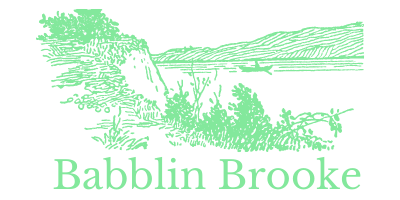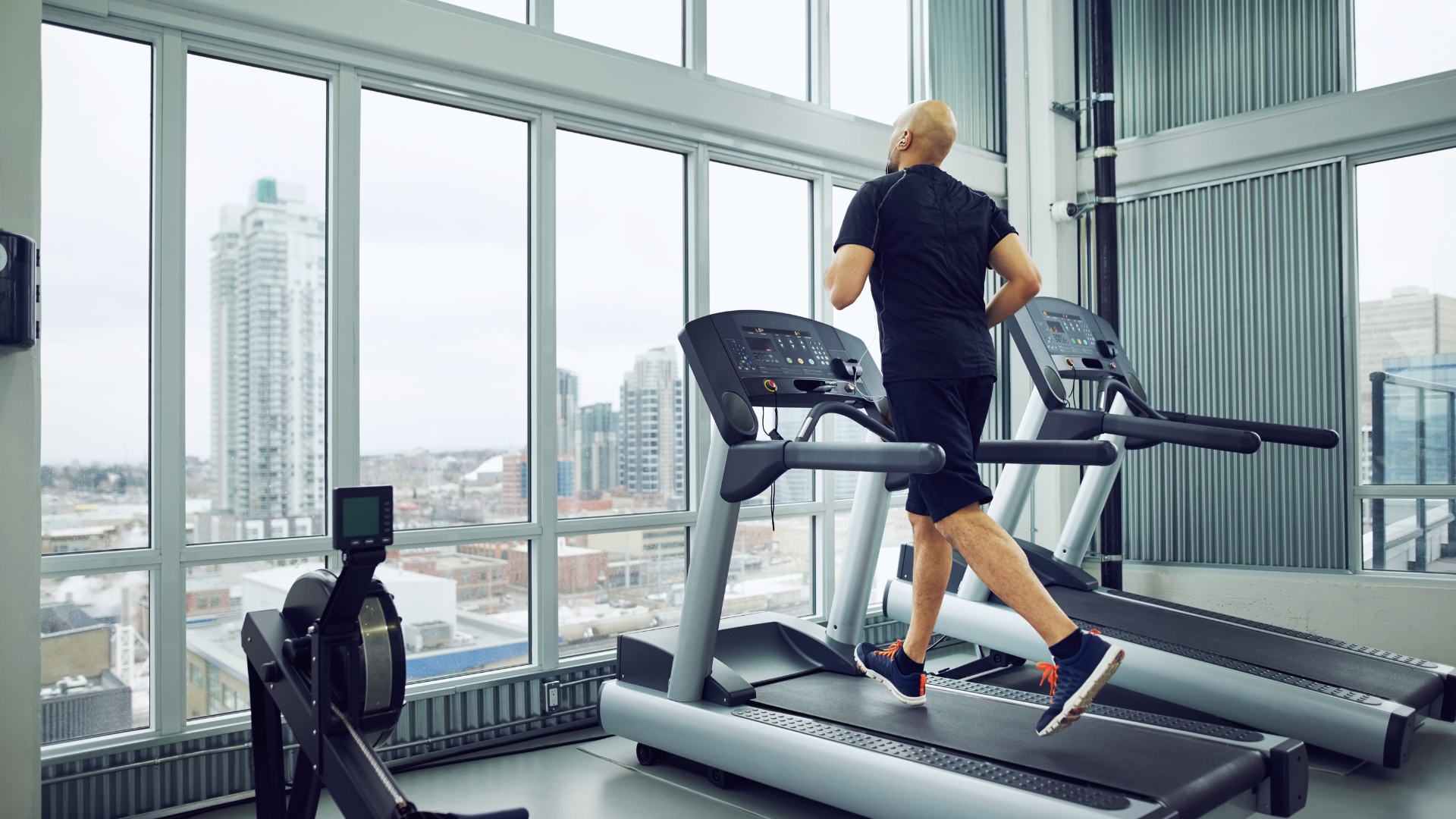A morning workout routine sets the tone for the entire day, energizing the body and sharpening the mind. Creating a consistent morning exercise regimen not only boosts physical health but also enhances mood and productivity throughout the day. For many, establishing this habit is a crucial step toward achieving personal fitness goals.
Integrating a variety of exercises, such as stretching, cardio, and strength training, keeps the routine engaging and effective. This approach helps to prevent boredom and encourages adherence to the workout schedule. With the right routine, mornings can transform from a hurried scramble to a refreshing opportunity for self-care and growth.
Incorporating a morning workout routine may seem daunting at first, but small, manageable changes can lead to significant benefits. Over time, these small adjustments contribute to lasting habits. Building a morning routine can empower individuals to take charge of their health and well-being from the moment they wake up.
Benefits of a Morning Workout
A morning workout offers several advantages that can positively impact one’s day.
Increased Energy Levels
Exercise stimulates the release of endorphins, enhancing mood and providing a natural energy boost. Many find they feel more alert and focused after morning workouts.
Improved Metabolism
Engaging in physical activity can kickstart metabolism. This effect helps burn calories more efficiently throughout the day.
Consistency and Routine
Morning workouts fit well into daily schedules. Committing to exercise early reduces the likelihood of distractions that may arise later.
Enhanced Mental Clarity
Physical activity in the morning can enhance cognitive functions. Studies suggest that it may improve memory, focus, and critical thinking.
Better Sleep Quality
Regular morning workouts can support a healthier sleep pattern. Exercise helps regulate circadian rhythms, potentially leading to better rest.
Social Interaction
Working out in the morning may present opportunities to engage with others. Group classes or community runs foster connections that can enhance motivation.
Balanced Hormones
Exercise can help regulate hormones that influence stress and appetite. This regulation contributes to improved mood and energy balance throughout the day.
Essential Components of a Morning Workout
A morning workout routine should include targeted exercises that prepare the body for an active day. Incorporating various fitness components can improve strength, endurance, and flexibility. This section outlines key elements critical for an effective morning workout.
Dynamic Warm-Up
A dynamic warm-up is crucial for preparing the body before intense activity. It incorporates movements that increase the range of motion and elevate the heart rate.
Effective warm-up exercises include arm circles, leg swings, and torso twists. These movements should be performed for about 5 to 10 minutes, focusing on major muscle groups.
Incorporating dynamic stretches helps activate muscles and reduce the risk of injury. This phase is vital for transitioning into more strenuous exercises.
Resistance Training
Resistance training builds muscle strength and endurance, making it an essential component of a morning workout. It can be performed using body weight, free weights, or resistance bands.
Key exercises include squats, lunges, push-ups, and rows. Each exercise can target different muscle groups for balanced development.
Completing 2 to 3 sets of 8 to 12 repetitions for each exercise is recommended. This approach not only enhances muscle strength but also boosts metabolism throughout the day.
Cardiovascular Exercise
Cardiovascular exercise elevates heart rate and improves cardiovascular health. Options include jogging, cycling, or high-intensity interval training (HIIT).
Aiming for at least 20 to 30 minutes of cardio can maximize benefits. It enhances stamina and aids in calorie burning.
Choosing a variety of activities keeps workouts engaging. This variety ensures that different muscle groups are utilized, contributing to overall fitness and endurance.
Core Strengthening
Core strengthening is vital for stability and functional movement. A strong core supports the body during daily activities and enhances athletic performance.
Exercises such as planks, Russian twists, and bicycle crunches effectively target core muscles. These exercises can be integrated into the routine, focusing on 10 to 15 repetitions per set.
A strong core also helps prevent injuries by promoting proper posture during workouts. Including core exercises ensures a well-rounded fitness program.
Cool Down and Stretching
Cooling down is essential for returning the body to its resting state after a workout. It helps prevent dizziness and promotes recovery.
Include gentle movements like walking or light jogging for 5 to 10 minutes. Following this, stretching major muscle groups aids in flexibility.
Static stretches, like reaching for the toes or holding quadricep stretches, should be held for 15 to 30 seconds. This final phase helps reduce muscle soreness and improve flexibility over time.
Nutrition and Hydration
Proper nutrition and hydration are crucial components of an effective morning workout routine. They help fuel the body for exercise and aid in recovery afterward. Attention to pre-workout meals, hydration strategies, and post-workout nutrition ensures optimal performance and wellness.
Pre-Workout Nutrition
Eating before a workout can enhance performance and improve energy levels. A balanced meal or snack should include carbohydrates, proteins, and healthy fats.
Recommended options include:
- Greek yogurt with berries: Provides protein and antioxidants.
- Oatmeal with banana: Supplies complex carbs for sustained energy.
- Whole grain toast with nut butter: Offers healthy fats and protein.
Timing is also important; eating about 30 to 60 minutes before exercise allows for optimal digestion. Portion sizes depend on individual goals, but generally keeping the meal small prevents discomfort during workouts.
Hydration Strategies
Staying hydrated is essential for maintaining performance and regulating body temperature. Individuals should aim to drink water before, during, and after exercise for optimal hydration.
Effective hydration tips include:
- Drink water 1-2 hours prior to a workout.
- Consume 7-10 ounces of water every 10 to 20 minutes during exercise.
- Rehydrate post-workout: Drink at least 16-24 ounces for every pound lost during exercise.
Electrolyte-rich drinks can be beneficial for longer or more intense sessions, especially in hot weather. Monitoring urine color can be a practical way to assess hydration levels.
Post-Workout Recovery Foods
Post-workout nutrition plays a vital role in recovery. Consuming the right foods helps restore glycogen stores and repair muscle tissue.
Ideal recovery foods include:
- Protein shakes: Quick and efficient source of protein.
- Chicken or turkey with quinoa: Offers complete protein and carbohydrates.
- Smoothies with spinach and banana: Provides vitamins and easy digestion.
Eating within 30 to 60 minutes after a workout enhances recovery. A balanced meal containing protein and carbohydrates supports muscle repair and replenishes energy stores effectively.
Creating a Consistent Morning Routine
Establishing a consistent morning workout routine is essential for maintaining fitness goals. Key factors include setting a regular wake-up time and preparing effectively the night before. These steps can significantly improve adherence to the routine.
Setting a Regular Wake-Up Time
A set wake-up time plays a crucial role in creating a consistent morning routine. Choosing a time that allows for sufficient sleep while accommodating workout goals is important. Aim for 7-9 hours of sleep per night to ensure optimal rest.
Using an alarm clock can help establish this routine. Placing it away from the bed encourages rising immediately upon waking. Consistency is key; waking up at the same time every day reinforces the body’s internal clock, making mornings easier over time.
Additionally, he or she may choose to wake up slightly earlier on weekends to avoid disrupting this schedule. This practice helps maintain the body’s rhythm, ensuring energy levels remain high for workouts.
Preparing the Night Before
Preparation the night before can streamline the morning routine. Laying out workout clothes and packing any necessary equipment saves time. This eliminates decision fatigue and encourages a quick transition to exercise.
Meal prepping the night before can also be beneficial. He or she may prepare a healthy breakfast or snacks to support post-workout nutrition. This approach not only promotes better eating habits but also keeps energy up throughout the day.
Creating a sleep-friendly environment is another critical element. Reducing screen time before bed, dimming lights, and maintaining a cool room can enhance sleep quality. These factors collaboratively contribute to a successful morning workout routine.
Tailoring Your Workout to Your Goals
A morning workout routine should align with specific fitness objectives. Individuals can focus on strength building, cardiovascular endurance, or flexibility and mobility. Each focus requires different approaches and exercises.
Strength Building Focus
For those aiming to increase muscle mass and strength, incorporating resistance training is essential. This can include exercises such as:
- Squats
- Deadlifts
- Bench Press
Aiming for 3-5 sets of 6-12 repetitions is effective for strength gains. Training should target major muscle groups and can be complemented with bodyweight exercises, like push-ups and pull-ups.
Rest periods between sets matter, so 60-90 seconds can optimize recovery. Additionally, progressive overload is key; individuals should gradually increase weights or resistance to continue making gains.
Cardiovascular Endurance
Improving cardiovascular endurance requires consistent aerobic exercise. Options include running, cycling, or rowing. To enhance endurance, individuals should aim for:
- 30-60 minutes of moderate-intensity cardio
- Intervals for advanced training
Heart rate should be monitored to maintain an effective intensity level, usually 70-85% of maximum heart rate. Incorporating varied workouts, like HIIT (High-Intensity Interval Training), can also improve performance while keeping routines engaging.
Flexibility and Mobility
Focusing on flexibility and mobility enhances overall fitness and injury prevention. Stretching routines can be divided into two types:
- Static Stretching (post-workout)
- Dynamic Stretching (pre-workout)
Incorporating yoga poses also supports flexibility. Aiming for at least 10-15 minutes of targeted stretching can improve range of motion. Total-body movements like lunges and arm circles can serve as effective warm-ups, preparing muscles for subsequent workouts.
Adapting Workouts for Different Fitness Levels
Tailoring workout routines to fit various fitness levels is crucial for maintaining motivation and achieving progress. Adjustments can ensure safety and effectiveness, allowing individuals to build strength and endurance.
Modifications for Beginners
For those new to exercise, starting with simpler movements promotes confidence and reduces the risk of injury. Key modifications include:
- Low-impact exercises: Introduce activities such as walking or using a stationary bike.
- Shorter duration: Begin with 10-15 minute sessions, gradually increasing as fitness improves.
- Bodyweight exercises: Focus on basic movements like squats and push-ups, using wall support if necessary.
- Rest periods: Incorporate more breaks between sets to promote recovery.
By focusing on foundational movements, beginners can develop a solid base before progressing to more challenging workouts.
Progressions for Advanced Individuals
More experienced individuals should incorporate variety and intensity to enhance their workouts. Effective progressions include:
- Increased weight: Use dumbbells or resistance bands to add difficulty to exercises.
- Complex movements: Integrate compound exercises, such as deadlifts or burpees, that engage multiple muscle groups.
- Higher intensity intervals: Implement HIIT (High-Intensity Interval Training) sessions for cardiovascular improvements.
- Variations: Add variations to standard exercises, like elevating the feet during push-ups or incorporating jumping squats.
Progressions challenge the body, facilitating growth and preventing stagnation in fitness levels.
Incorporating Mindfulness and Meditation
Integrating mindfulness and meditation into a morning workout routine enhances both physical and mental well-being. Practicing these techniques can improve focus and reduce stress levels.
Suggested Practices:
- Breath Awareness: Start each workout with a few minutes dedicated to deep breathing. Inhale slowly through the nose and exhale through the mouth.
- Mindful Movement: While performing exercises, focus on each movement. This can lead to improved form and better results.
- Guided Meditation: Spend 5-10 minutes post-workout using a guided meditation app or recording. This can help in calming the mind and settling thoughts.
Benefits:
| Benefit | Description |
| Increased Focus | Mindfulness enhances concentration during workouts. |
| Reduced Anxiety | Regular meditation practice helps in managing stress. |
| Enhanced Recovery | Mindfulness aids in relaxation, promoting better recovery. |
By setting aside time for these practices, individuals can maximize the impact of their workouts. It creates a holistic approach to fitness that nurtures both body and mind.
Safety Tips and Injury Prevention
To ensure a safe morning workout routine, individuals should take several important precautions.
- Warm-Up: Start each session with a 5-10 minute warm-up. This prepares the body for exercise and reduces injury risk.
- Proper Technique: Focus on maintaining proper form during exercises. This helps prevent strains and injuries.
- Listen to the Body: It is crucial to heed any signals of pain. Ignoring discomfort can lead to more serious injuries.
- Use the Right Gear: Wear appropriate footwear and clothing. Proper equipment supports the body and enhances performance.
- Hydration: Staying hydrated before, during, and after a workout is essential. Dehydration can impair performance and lead to injuries.
- Gradual Progression: Increase the intensity and duration of workouts gradually. This avoids overwhelming the body and helps build strength over time.
- Rest Days: Schedule regular rest days. Recovery is important for muscle repair and overall health.
- Cross-Training: Incorporate different types of exercises to avoid overuse injuries. Varying workouts target different muscle groups.
By following these safety tips, individuals can create a sustainable and effective morning workout routine. Prioritizing injury prevention leads to long-term fitness success.
Measuring Progress and Adjusting Goals
Tracking progress in a morning workout routine is essential for motivation and improvement. Individuals can monitor various factors such as weight, endurance, and strength to gauge their development.
Methods for Measuring Progress:
- Fitness Journal: Keeping a journal to log workouts, durations, and feelings can provide insights into progress over time.
- Body Measurements: Taking regular measurements of body parts can reveal changes in muscle mass and fat loss.
- Performance Metrics: Note personal bests in exercises like running, lifting, or flexibility tests.
Adjusting goals should occur regularly based on progress. If a fitness goal is consistently met, it may be time to set a more challenging objective. This can help prevent plateaus.
Tips for Adjusting Goals:
- SMART Goals: Ensure goals are Specific, Measurable, Achievable, Relevant, and Time-bound.
- Regular Assessments: Schedule monthly assessments to evaluate progress and make adjustments.
- Stay Flexible: Be open to modifying goals based on how the body responds to training.
Regularly measuring progress and adjusting goals will help maintain motivation and ensure continuous improvement in a morning workout routine.
Recommended Equipment and Resources
When establishing a morning workout routine, having the right equipment is essential. Here are some recommended items to consider:
- Yoga Mat: Useful for stretching and floor exercises.
- Dumbbells: Versatile weights for strength training.
- Resistance Bands: Great for toning muscles and improving flexibility.
- Water Bottle: Staying hydrated during workouts is crucial.
- Jump Rope: An effective tool for cardio sessions.
In addition to equipment, various resources can enhance the workout experience:
- Fitness Apps: Apps like MyFitnessPal or Nike Training Club can offer guided workouts and track progress.
- Online Workout Videos: Platforms such as YouTube provide free workouts tailored to different fitness levels.
- Fitness Tracker: A device to monitor heart rate, steps, and calories burned.
Investing in quality equipment and utilizing these resources can help create an effective morning workout routine tailored to individual fitness goals.






Leave A Comment